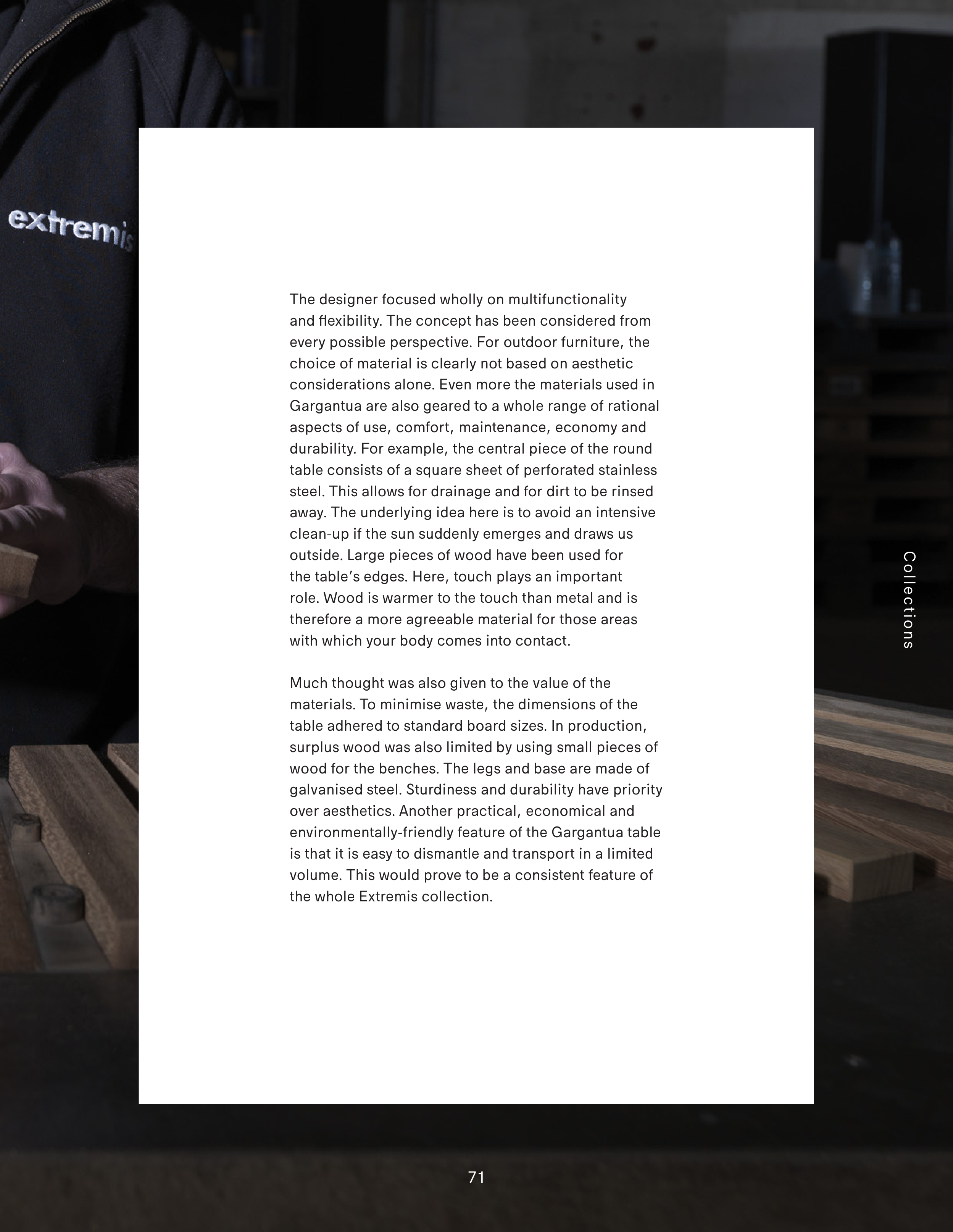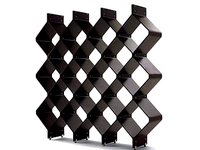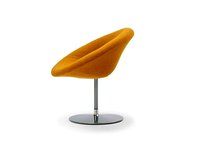The designer focused wholly on multifunctionality
and flexibility. The concept has been considered from
every possible perspective. For outdoor furniture, the
choice of material is clearly not based on aesthetic
considerations alone. Even more the materials used in
Gargantua are also geared to a whole range of rational
aspects of use, comfort, maintenance, economy and
durability. For example, the central piece of the round
table consists of a square sheet of perforated stainless
steel. This allows for drainage and for dirt to be rinsed
away. The underlying idea here is to avoid an intensive
clean-up if the sun suddenly emerges and draws us
outside. Large pieces of wood have been used for
the table’s edges. Here, touch plays an important
role. Wood is warmer to the touch than metal and is
therefore a more agreeable material for those areas
with which your body comes into contact.
Much thought was also given to the value of the
materials. To minimise waste, the dimensions of the
table adhered to standard board sizes. In production,
surplus wood was also limited by using small pieces of
wood for the benches. The legs and base are made of
galvanised steel. Sturdiness and durability have priority
over aesthetics. Another practical, economical and
environmentally-friendly feature of the Gargantua table
is that it is easy to dismantle and transport in a limited
volume. This would prove to be a consistent feature of
the whole Extremis collection.
71
Collections







